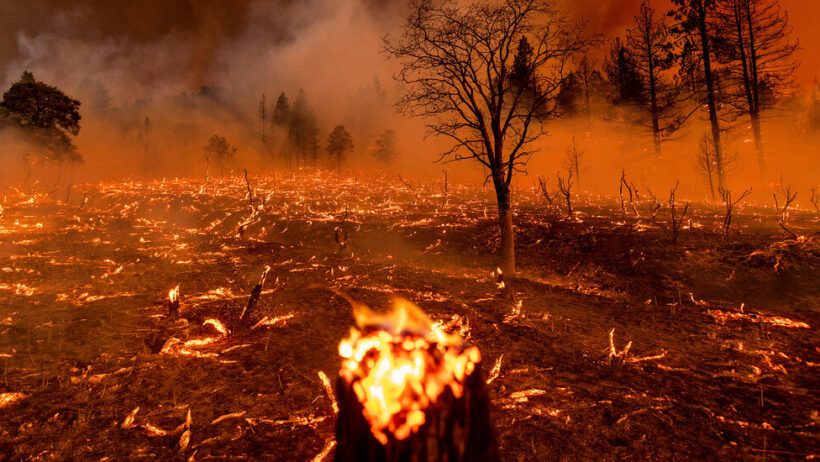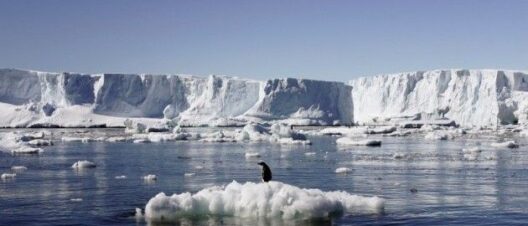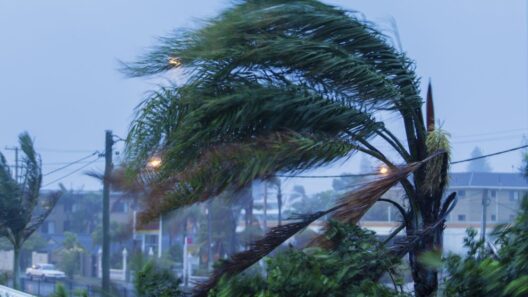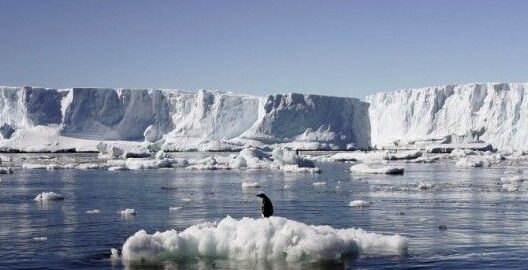California has become synonymous with wildfires, particularly in recent years when the blazes have raged with unprecedented ferocity and frequency. The increasing severity of these disasters raises a pressing question: Are these wildfires linked to global warming? To unravel this complex conundrum, it’s essential to delve into the multifaceted relationship between rising temperatures, aridification, land management practices, and the chronic drought that besets the Golden State.
Wildfires are an intrinsic part of many ecosystems, playing a crucial role in forest rejuvenation and biodiversity. However, the magnitude of recent conflagrations necessitates a thorough examination of the exacerbating factors. In California, climate change has manifested through a series of alarming trends: prolonged heatwaves, diminished snowpack, and erratic precipitation patterns. The state has recorded soaring temperatures, particularly in summer months, which significantly increase the flammability of vegetation.
One of the primary connections between global warming and wildfires is the phenomenon of rising temperatures, which leads to several interrelated issues. Hotter conditions accelerate the process of evaporation, thereby exacerbating drought conditions. As soil moisture dwindles, the vegetation—an array of shrubs, trees, and grasses—becomes increasingly desiccated and vulnerable to ignition. In the past decades, California has experienced a marked increase in the number of days classified as extreme fire weather, correlating directly with rising average temperatures.
Moreover, the interplay between climate change and weather patterns cannot be overlooked. With climate change, one can observe an uptick in variability—droughts often punctuated by deluges of rain. This pattern creates a highly combustible cycle. When heavy rains fall after prolonged dry spells, they can lead to a vigorous growth of vegetation, often referred to as a ‘fuel load.’ Later, when the weather turns dry and hot, this abundant fuel becomes a tinderbox ready to ignite, creating the perfect conditions for wildfires.
Furthermore, the phenomenon of climate change does not act in isolation. Anthropogenic factors also significantly contribute to the wildfire crisis. Urban expansion, timber harvesting, and inadequate forest management practices exacerbate the combustible conditions. The historical suppression of wildfires by fire agencies—while effective in protecting human settlements—has led to an accumulation of undergrowth and dead material in forests. This overcrowding fosters a greater risk for catastrophic wildfires when ignited.
In addition to the environmental dynamics, social factors play an indispensable role regarding wildfire mitigation efforts and outcomes. California is home to millions of residents, many of whom live in or near forested areas, commonly known as the Wildland-Urban Interface (WUI). The encroachment of communities into fire-prone regions creates a dilemma: how to manage land to reduce the risk of wildfires while respecting the rights and needs of local communities. Policies aimed at fire prevention must balance ecological preservation, public safety, and land-use planning.
Climate adaptation strategies are imperative in addressing the wildfire crisis. These strategies encompass a variety of measures designed to mitigate the risk of fires and minimize their impact. Creating defensible spaces around homes through the removal of flammable vegetation, implementing controlled burns to reduce fuel loads, and improving community preparedness can significantly diminish the vulnerability of human habitats to wildfires.
Innovative technologies are increasingly being deployed in fire management strategies. Drones equipped with thermal imaging and satellite monitoring can assist in detecting fires early, enabling firefighters to respond swiftly. Remote sensing technology can provide critical data on vegetation moisture levels, helping predict potential fire outbreaks. Integrating these technologies into fire management protocols is becoming vital as the state grapples with growing fire risks.
Further, public education is paramount. Equipping the community with knowledge about wildfire risks and encouraging responsible land use can foster a proactive approach to mitigation. Awareness campaigns focusing on fire safety principles, such as maintaining defensible space and reporting suspicious activities that could ignite a fire, can empower residents and save lives.
Yet, addressing the nexus between wildfires and global warming requires more than localized strategies; it necessitates a concerted effort on a global scale. Policymakers must prioritize climate action to reduce greenhouse gas emissions, a foundational step towards mitigating the effects of climate change that predispose regions like California to wildfires. Initiatives like transitioning to renewable energy, enhancing energy efficiency, and affording incentives for reforestation can play a crucial role in combatting the looming threat of climate change and its consequences on wildfires.
In conclusion, the relationship between wildfires and global warming is unequivocally intricate and multifaceted. While wildfires are a natural component of California’s ecology, the compounding effects of climate change have ignited a wildfire crisis that demands urgent attention and action. By integrating innovative technologies, fostering community awareness, and prioritizing climate-positive policies, there exists a pathway forward. Reducing the intensity and frequency of wildfires in California will necessitate collaborative efforts that not only address immediate concerns but also aim for long-term sustainability and resilience in a warming world.








